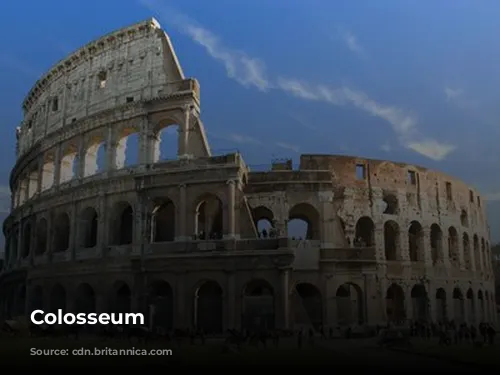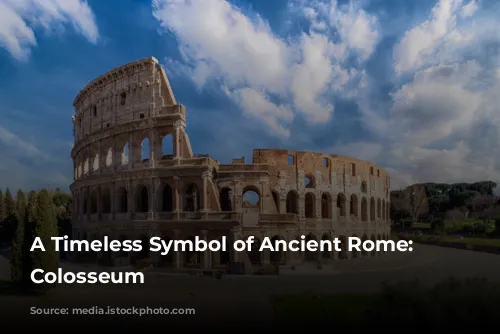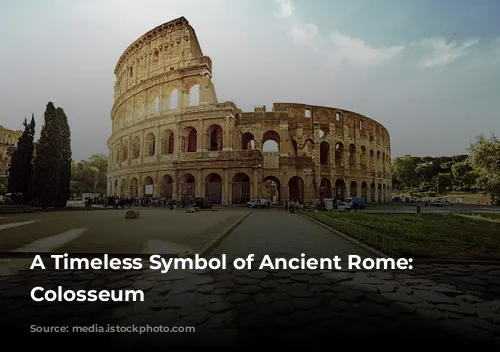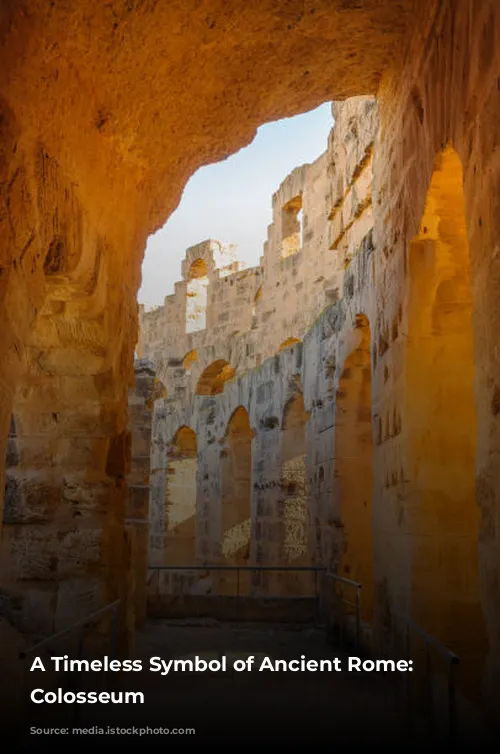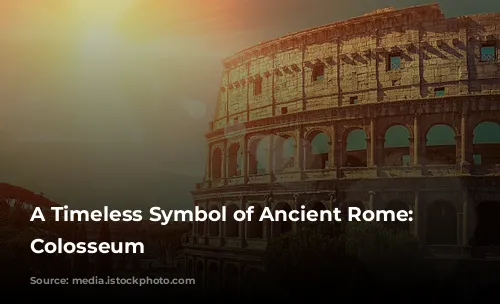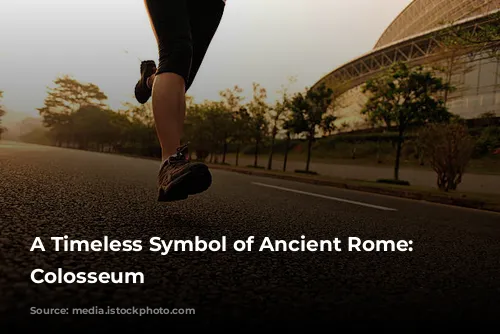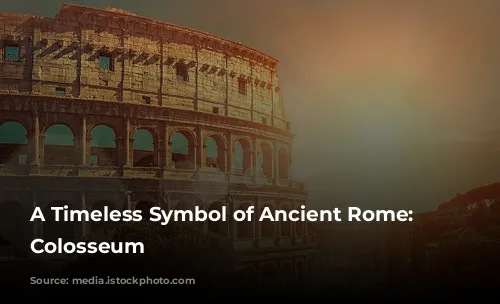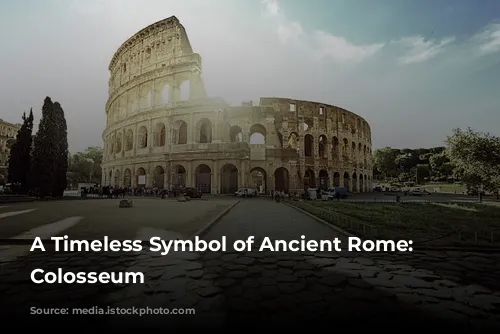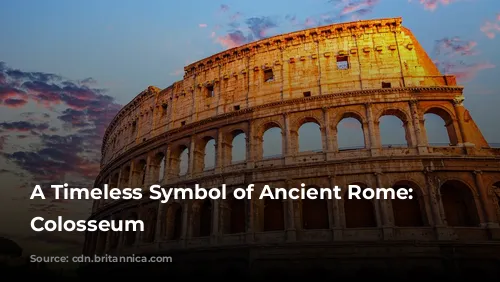Standing as a testament to the architectural and engineering brilliance of ancient Rome, the Colosseum is a true marvel. This iconic structure, one of the few remaining intact buildings from the Roman Empire, attracts visitors from all over the world. It also serves as a vital source of revenue for the Italian government. In fact, the Colosseum, along with the Roman Forum and Palatine Hill, pulled in over $63.3 million (€53.8 million) in 2018, making it Italy’s most lucrative tourist attraction.
This paragraph introduces the Colosseum and highlights its significance both as a historical monument and as a modern-day economic driver.
A Journey Through Time: The Colosseum’s Story
Though now a symbol of grandeur, the Colosseum’s journey has been marked by both prosperity and neglect. After the fall of the Western Roman Empire, the arena fell into a state of disrepair. For centuries, it was used as a fortress by powerful families and even as a source of building materials. The Colosseum was essentially a quarry for over a thousand years, its stones pilfered for other construction projects. Thankfully, in the 1990s, state-funded restoration efforts breathed new life into this ancient wonder.
This section narrates the Colosseum’s historical journey, highlighting its transformation from a glorious arena to a neglected relic and its eventual revival through restoration.
A Legacy of Entertainment: The Colosseum’s Purpose
The Colosseum was born out of a desire to revitalize Rome. Built during the reign of Emperor Vespasian, after the turbulent “Year of the Four Emperors,” it was intended as a space for entertainment, a place where Romans could gather and be entertained. The Colosseum hosted a wide array of spectacles, including gladiator fights, animal hunts, and even mock naval battles.
This paragraph delves into the Colosseum’s original purpose, emphasizing its role as an entertainment hub for the Roman people.

From Plunder to Monument: The Colosseum’s Construction
The Colosseum’s construction was a testament to the Roman Empire’s might. Started under Vespasian between 70 and 72 CE, the arena was completed by his son, Titus, in 80 CE. Titus, upon his ascension to the throne, added the Colosseum’s fourth story in 82 CE. The construction of this architectural masterpiece was financed by the spoils of war, specifically, the plunder from the sacking of Jerusalem in 70 CE, and built by enslaved Jews from Judaea.
This section details the Colosseum’s construction, highlighting its connection to the Roman Empire’s military conquests and the use of forced labor in its construction.
A Monumental Masterpiece: The Colosseum’s Architecture
The Colosseum is a colossal amphitheater, a marvel of Roman engineering. This elliptical structure stands four stories high, measuring a staggering 620 by 513 feet (189 by 156 meters). Its construction involved a complex system of vaults and arches, and it was built using a variety of materials, including stone, concrete, and tuff. The Colosseum was designed to accommodate up to 50,000 spectators, making it one of the largest arenas in the ancient world.
This paragraph describes the Colosseum’s architectural features, emphasizing its size, materials, and capacity.
A View from the Stands: The Colosseum’s Experience
Imagine the roar of the crowd, the clash of steel, the excitement of the games. Spectators, shielded from the sun by a massive retractable awning, watched gladiators battle, men and animals clash, and even mock naval battles take place. The Colosseum was a place of thrill, a place where Romans could experience the excitement of the games.
This paragraph invites the reader to visualize the experience of attending a spectacle at the Colosseum, focusing on the sensory aspects of the event.
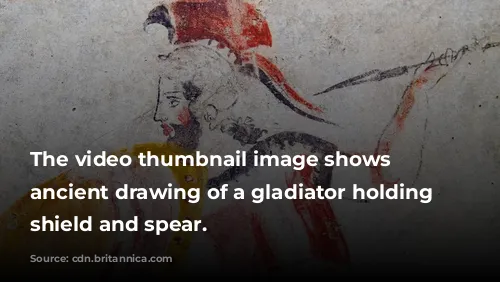
A Legacy That Endures: The Colosseum Today
The Colosseum has endured the passage of time, its grandeur still captivating visitors today. Despite its turbulent history, this remarkable structure continues to stand as a powerful symbol of Roman power and ingenuity. Today, the Colosseum receives millions of visitors each year, drawing in tourists from all corners of the globe. It remains a vital part of Rome’s cultural landscape, a testament to the enduring legacy of the Roman Empire.
This section concludes the article, emphasizing the Colosseum’s enduring appeal and its importance as a historical and cultural landmark.
